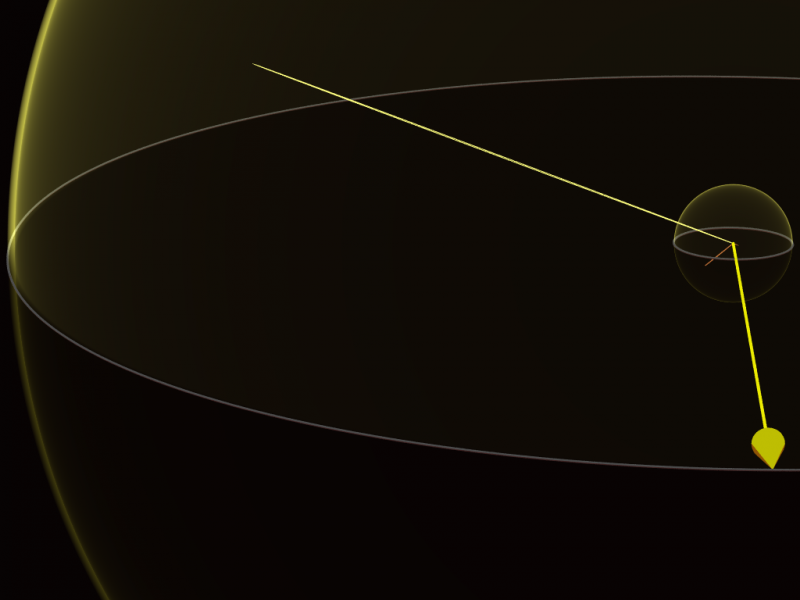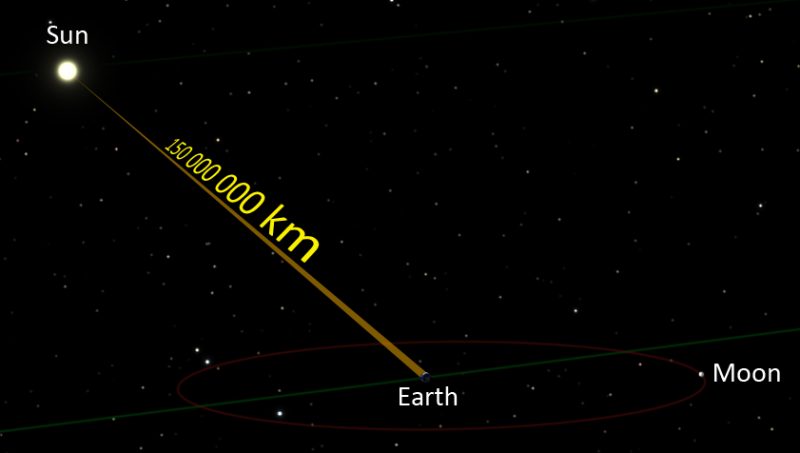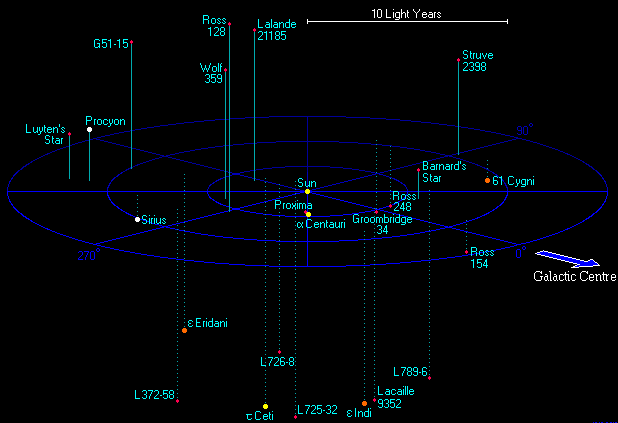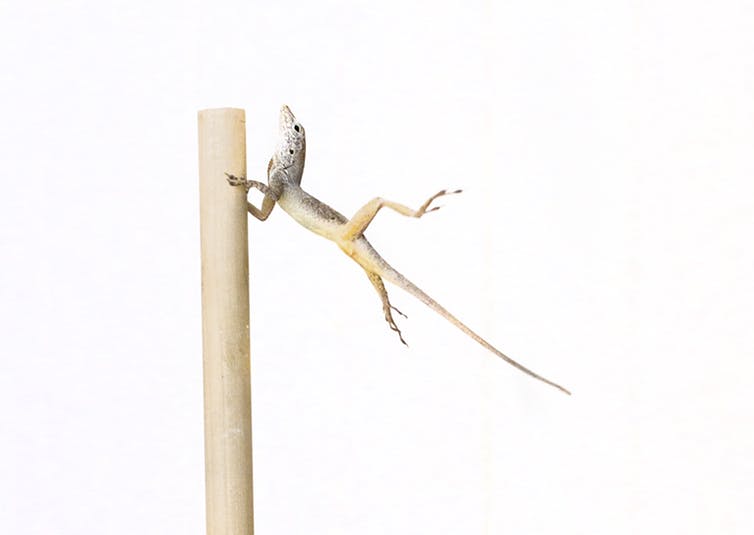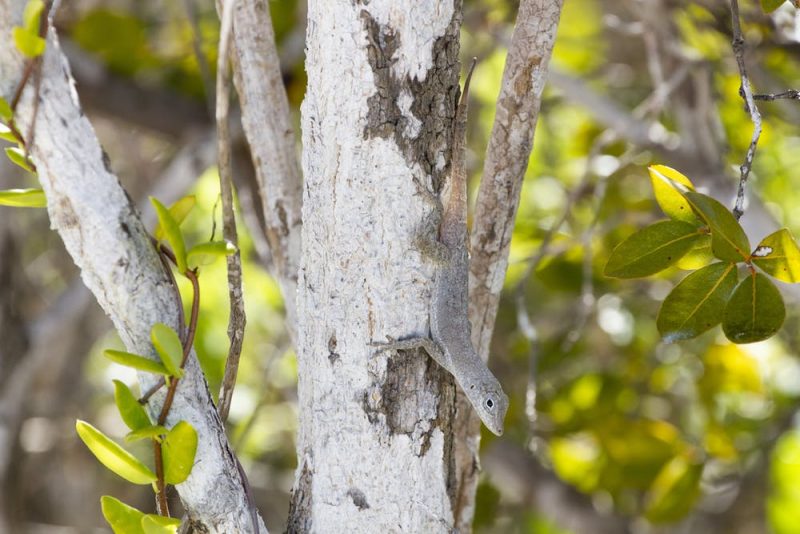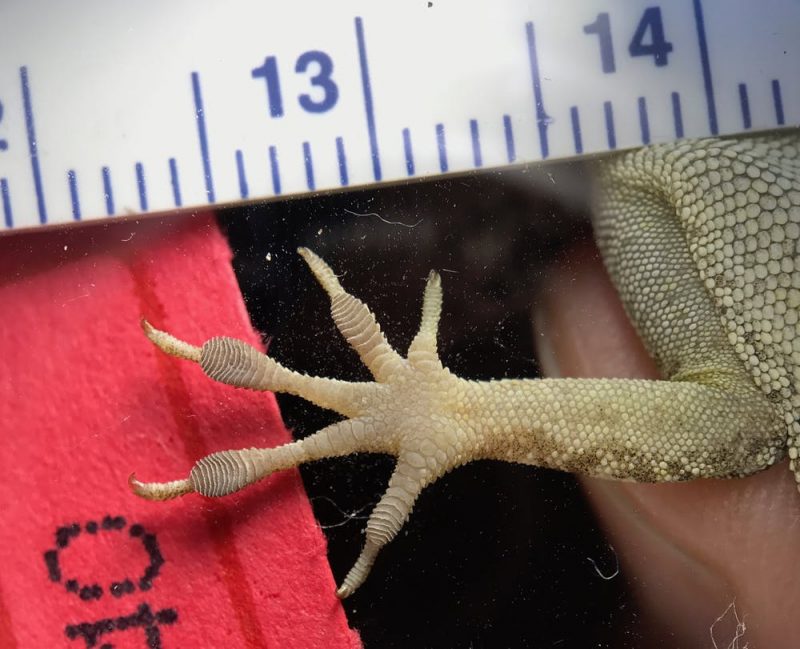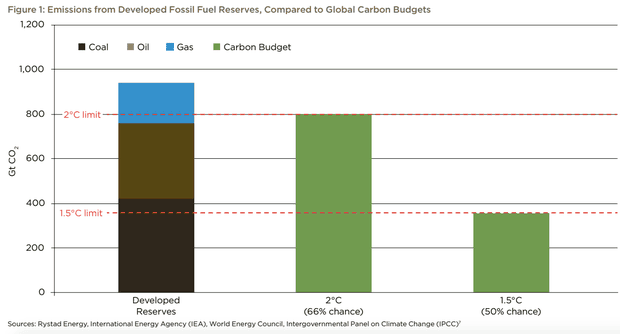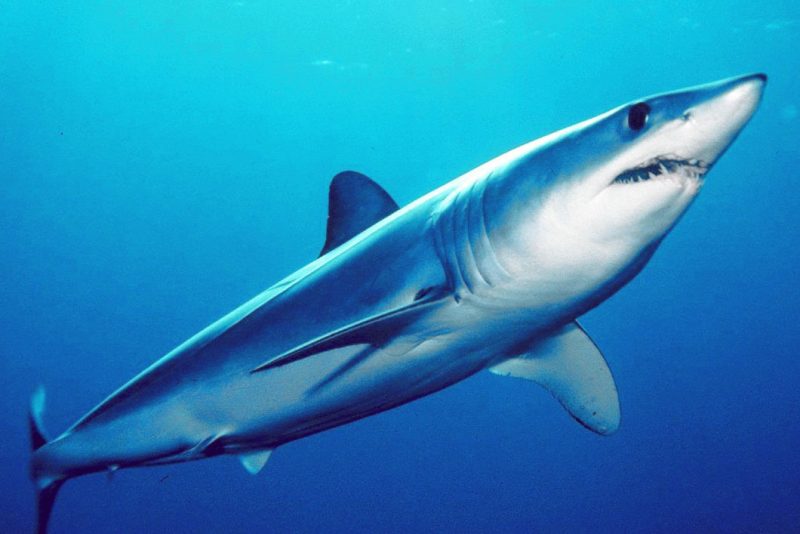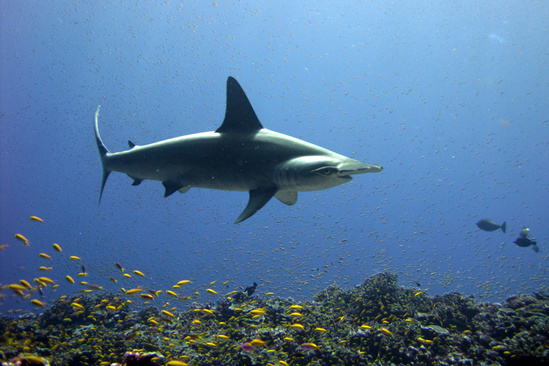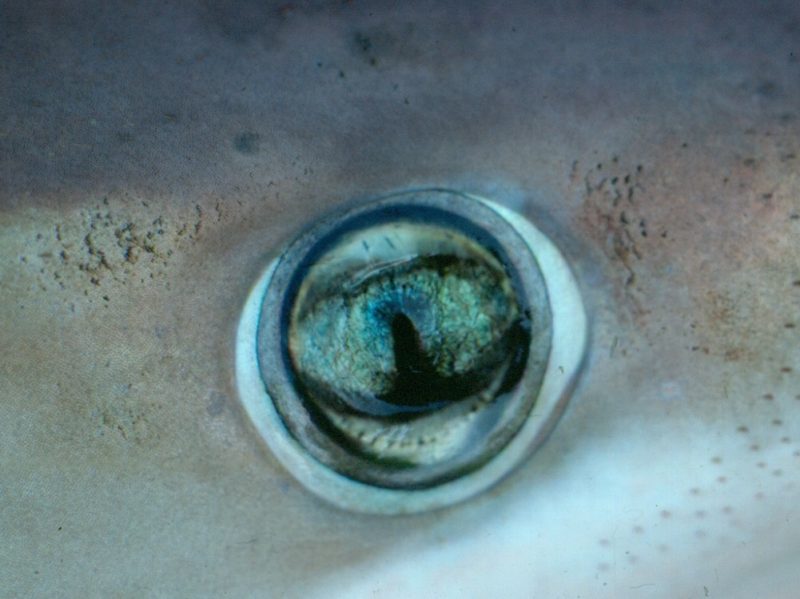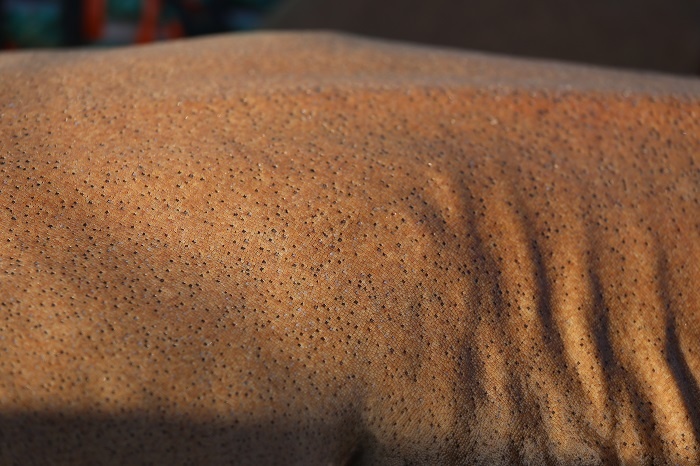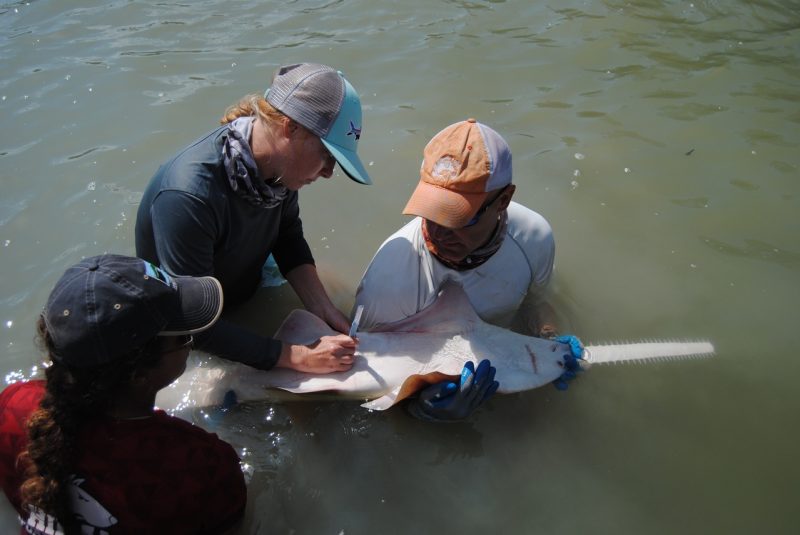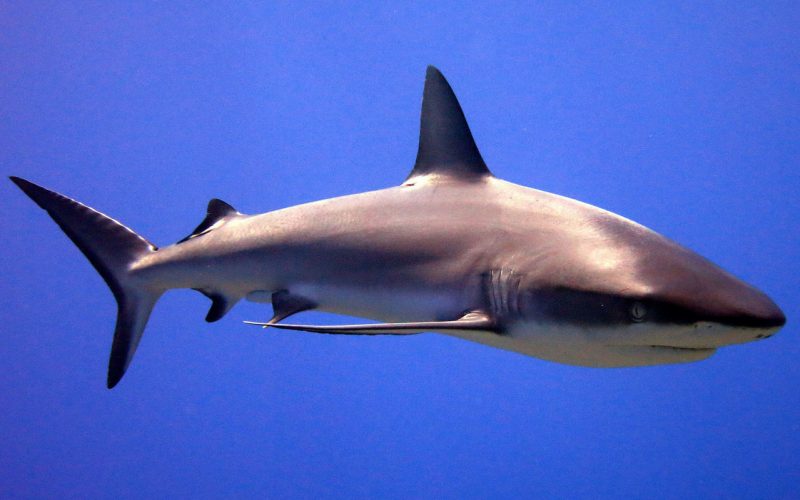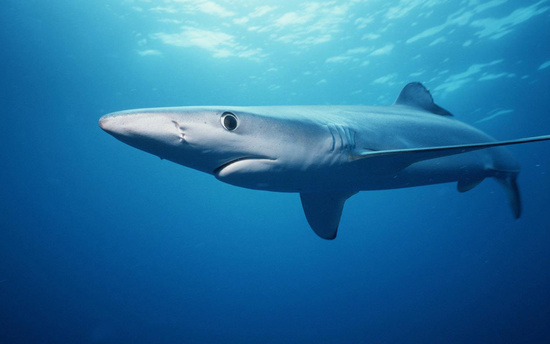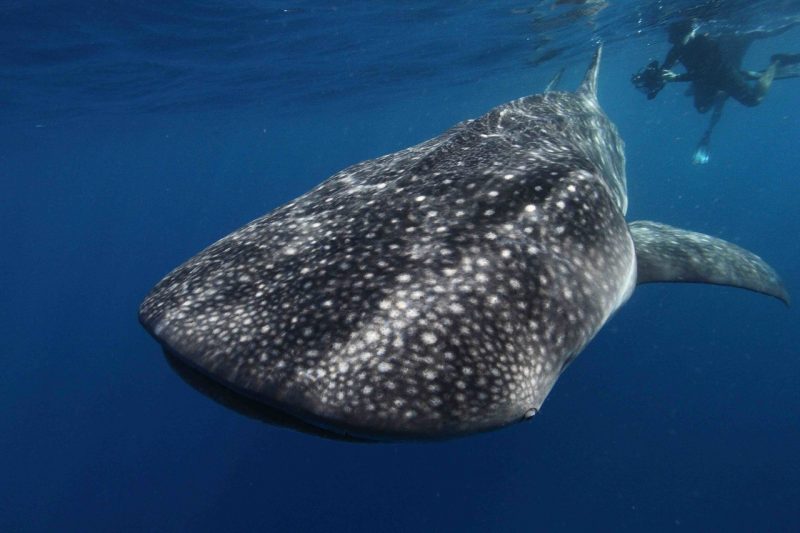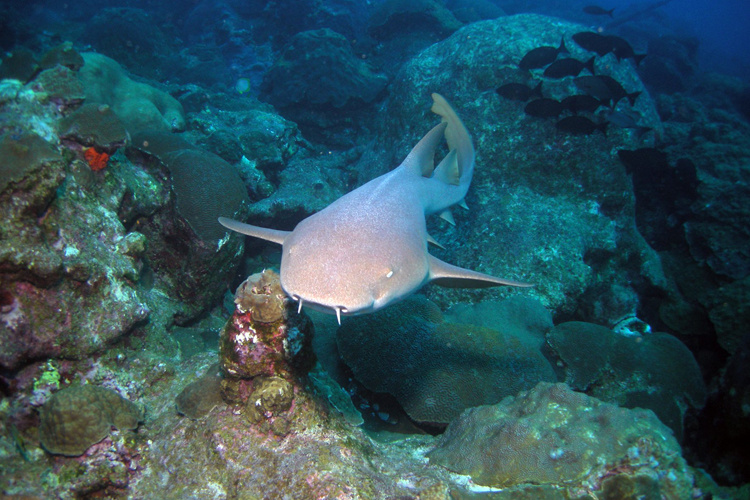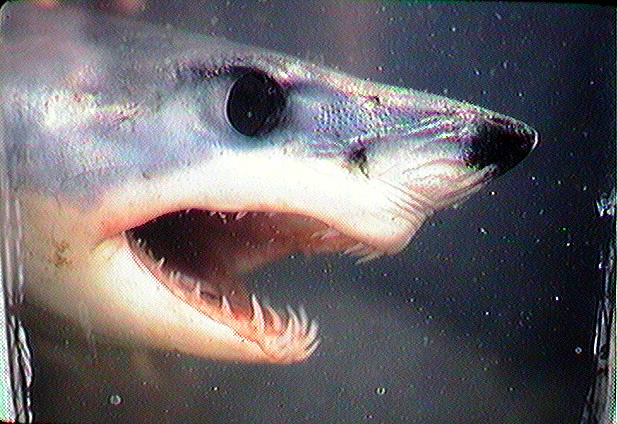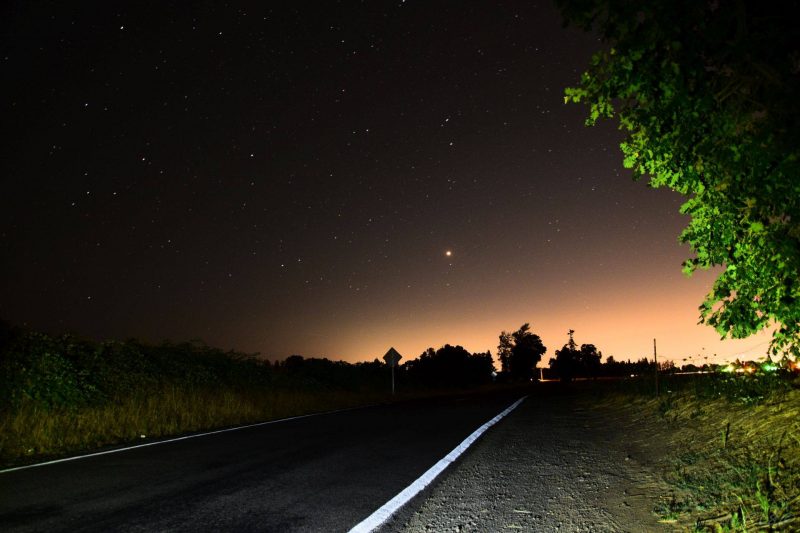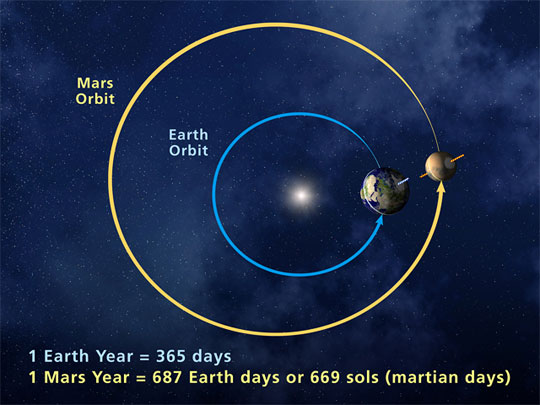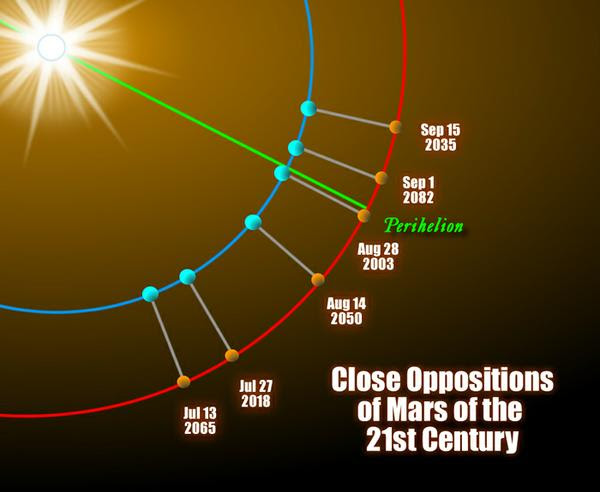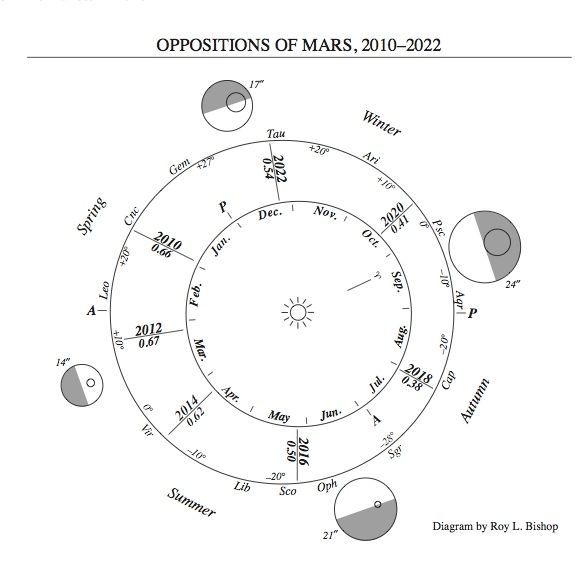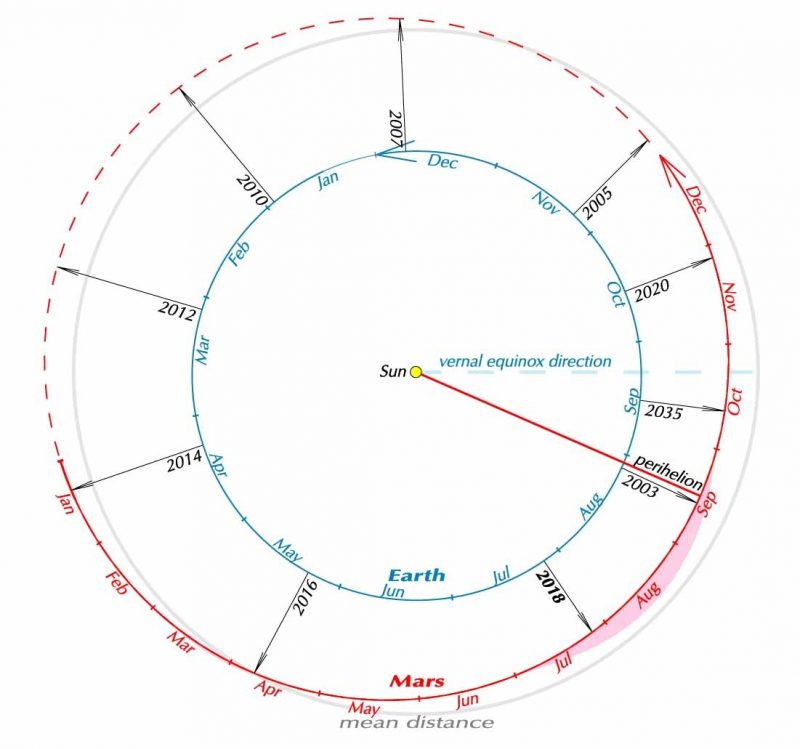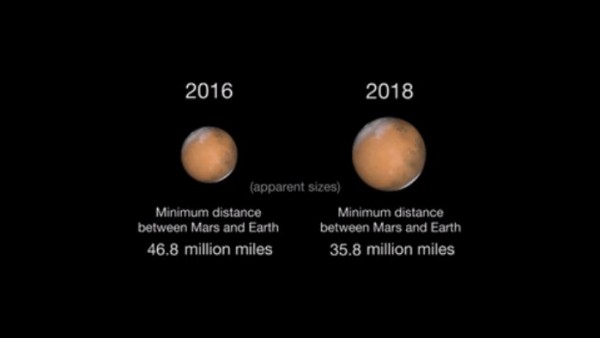In a 6-part series, we’re exploring the major challenges that are holding back progress in the field of brain tumour research. This third instalment focuses on using our knowledge of brain tumour biology to design better drugs.
In labs around the world, scientists are slowly uncovering what makes brain tumours tick. From how they develop to how they evolve and spread, each discovery is an extra piece of the uniquely complex puzzle that is a brain tumour.
But there are still pieces missing. Despite all the research, survival for brain tumours remains devastatingly low. And the way they’re treated has remained largely unchanged for decades.
“The wealth of information we have about brain tumour biology is truly staggering,” says Professor David Walker, a children’s brain tumour expert and chair of the Children’s Brain Tumour Drug Delivery Consortium. “But there are very few real examples where this has transformed the way we treat them.”
This needs to change.
We launched the Cancer Research UK Brain Tumour Awards to encourage experts from all types of research backgrounds to do just that. These call on scientists to tackle the 6 biggest challenges that are holding back progress in brain tumour research.
And the third theme looks to use our understanding of tumour biology to develop better treatments.
Applied biology
We’re learning more and more about how brain tumours develop, and we’ve blogged before about the opportunities this brings.
But this hasn’t yet translated into new treatments. Alongside surgery, the main treatments for brain tumours are still chemotherapy and radiotherapy.
Scientists are looking to design drugs that target tumour’s specific weaknesses. But first they need to know what they are.
“The approach we’ve been using for years has been to read the DNA of tumours, find a disrupted gene and then develop a drug against that target,” says Professor Steve Pollard, a Cancer Research UK-funded expert in stem cell and cancer biology at the University of Edinburgh. “And that has tremendous value for certain types of tumours where there’s very clearly one gene fault that is driving tumour development.”
Pollard thinks that this approach might work for some types of brain tumour, particularly those found in children. He says that work in childhood brain tumours has revealed some key gene faults that fuel the growth of these tumours and could be targeted by drugs.
But for most adult brain tumours, things are a bit more complicated.
Brain tumours are often driven by a combination of many different gene faults. And these vary within a patient’s own tumour, not just between patients.
“That’s a problem, because you can’t then design a drug against one thing and expect it to work,” says Pollard.
Tackling the genetic complexity
Experts say that tackling this level of complexity might require a different approach.
For example, scientists are unpicking how tumour cells might compensate when different gene faults are targeted. They could use this knowledge to combine treatments that could have a bigger impact together than the individual drugs alone.
For Pollard, finding new treatments means worrying less about the genetic differences in brain tumours, and instead focusing on what they have in common.
“Glioblastoma is very diverse in terms of the specific genes that have been disrupted,” he says. But this doesn’t hold true for how these brain tumours behave and their cell biology. “They all look like brain stem cells that are out of control,” adds Pollard.
His lab tests vast numbers of chemicals to identify those that can either kill the tumour cells or stop them dividing, without affecting normal brain cells.
“We look for targets that aren’t necessarily obvious from the genetics of the tumour,” he says.
The goal is to use this approach to find a drug that would work in many adult glioblastomas, despite their genetic diversity.
“We want to think about how we could cure them all, not just the tiny fraction of them that have a specific genetic fault,” says Pollard.
Researchers are also discovering more about the features that brain tumours have in common. This includes how tumours make and use energy, which appears to be surprisingly similar across different types of brain tumours. Identifying these common features could open the door to better treatments.
Considering the environment
As well as focusing on ways to target the tumour, scientists also need to appreciate its surroundings. The brain is a complex and relatively unexplored environment, as we’ve blogged about before.
Understanding this environment could reveal new treatment opportunities. But it also throws up some issues that must be considered when designing new drugs.
The brain is selective about what it lets in. It’s sealed off from the rest of the body by a membrane called the blood brain barrier, which keeps a tight check on anything trying to get into the brain, including drugs.
“With brain tumours, we’ve got the problem of how do we get the enough of the drug into the brain to be effective. It’s a big challenge,” says Walker.
Alongside developing new drugs, scientists are also investigating new ways to get them into the brain. This could involve temporarily disrupting the blood brain barrier while drugs are given, designing transporter systems that can ferry drugs across the barrier, or looking to deliver the drug directly into the brain.
Walker is particularly excited about the direct approach, using specially designed catheters that work through ‘convection drug delivery’. The catheters are inserted into the brain during surgery, allowing drugs to flow directly into the tumour.
“Convection drug delivery has been used in a variety of brain diseases,” he says. “It was developed for Parkinson’s disease, but it’s been adapted so that we can use it in brain tumours.”
It’s being tested in early stage clinical trials for children with an aggressive type of brain tumour that grows in the brain stem. “We have early evidence that using this drug delivery system is producing responses in the area we’re targeting, which we have never seen before with any drug given by any other route,” says Walker. “It’s our duty to test it further in a clinical trial.”
Pollard thinks that, while the blood brain barrier has stopped some drugs from working as well as they could, it might not be a problem for all brain tumours.
“It may be that the blood brain barrier is more of an issue for certain types of brain tumours than others,” he says. “We still don’t know that much about it.”
To learn more, scientists are developing more realistic ways to mimic the blood brain barrier in the lab. They can then learn how to target and manipulate the barrier in more detail.
This is just one example of where scientists need to develop better ways to mimic brain tumours and their surroundingss in the lab. We’ll be exploring this in more detail in the next instalment of the series
Piecing it together
Scientists are making fascinating discoveries about how brain tumours work, which could move us closer to new and better treatments. But getting there will depend on piecing this information together with our knowledge of the healthy brain.
“Cancer in the brain is a double-edged sword. There’s cancer and then there’s the brain. And the brain has many unique qualities that add to the challenge,” says Walker.
To tackle a puzzle as complex as this, we need to bring scientists together too. Walker thinks it’s vital that cancer scientists work alongside specialists who know how the brain develops and functions.
“There needs to be a meeting of minds, a sharing of the load for us to make real progress,” he says.
And that’s exactly what the Cancer Research UK Brain Tumour Awards are here to do.
Katie

from Cancer Research UK – Science blog https://ift.tt/2KdW6yu

In a 6-part series, we’re exploring the major challenges that are holding back progress in the field of brain tumour research. This third instalment focuses on using our knowledge of brain tumour biology to design better drugs.
In labs around the world, scientists are slowly uncovering what makes brain tumours tick. From how they develop to how they evolve and spread, each discovery is an extra piece of the uniquely complex puzzle that is a brain tumour.
But there are still pieces missing. Despite all the research, survival for brain tumours remains devastatingly low. And the way they’re treated has remained largely unchanged for decades.
“The wealth of information we have about brain tumour biology is truly staggering,” says Professor David Walker, a children’s brain tumour expert and chair of the Children’s Brain Tumour Drug Delivery Consortium. “But there are very few real examples where this has transformed the way we treat them.”
This needs to change.
We launched the Cancer Research UK Brain Tumour Awards to encourage experts from all types of research backgrounds to do just that. These call on scientists to tackle the 6 biggest challenges that are holding back progress in brain tumour research.
And the third theme looks to use our understanding of tumour biology to develop better treatments.
Applied biology
We’re learning more and more about how brain tumours develop, and we’ve blogged before about the opportunities this brings.
But this hasn’t yet translated into new treatments. Alongside surgery, the main treatments for brain tumours are still chemotherapy and radiotherapy.
Scientists are looking to design drugs that target tumour’s specific weaknesses. But first they need to know what they are.
“The approach we’ve been using for years has been to read the DNA of tumours, find a disrupted gene and then develop a drug against that target,” says Professor Steve Pollard, a Cancer Research UK-funded expert in stem cell and cancer biology at the University of Edinburgh. “And that has tremendous value for certain types of tumours where there’s very clearly one gene fault that is driving tumour development.”
Pollard thinks that this approach might work for some types of brain tumour, particularly those found in children. He says that work in childhood brain tumours has revealed some key gene faults that fuel the growth of these tumours and could be targeted by drugs.
But for most adult brain tumours, things are a bit more complicated.
Brain tumours are often driven by a combination of many different gene faults. And these vary within a patient’s own tumour, not just between patients.
“That’s a problem, because you can’t then design a drug against one thing and expect it to work,” says Pollard.
Tackling the genetic complexity
Experts say that tackling this level of complexity might require a different approach.
For example, scientists are unpicking how tumour cells might compensate when different gene faults are targeted. They could use this knowledge to combine treatments that could have a bigger impact together than the individual drugs alone.
For Pollard, finding new treatments means worrying less about the genetic differences in brain tumours, and instead focusing on what they have in common.
“Glioblastoma is very diverse in terms of the specific genes that have been disrupted,” he says. But this doesn’t hold true for how these brain tumours behave and their cell biology. “They all look like brain stem cells that are out of control,” adds Pollard.
His lab tests vast numbers of chemicals to identify those that can either kill the tumour cells or stop them dividing, without affecting normal brain cells.
“We look for targets that aren’t necessarily obvious from the genetics of the tumour,” he says.
The goal is to use this approach to find a drug that would work in many adult glioblastomas, despite their genetic diversity.
“We want to think about how we could cure them all, not just the tiny fraction of them that have a specific genetic fault,” says Pollard.
Researchers are also discovering more about the features that brain tumours have in common. This includes how tumours make and use energy, which appears to be surprisingly similar across different types of brain tumours. Identifying these common features could open the door to better treatments.
Considering the environment
As well as focusing on ways to target the tumour, scientists also need to appreciate its surroundings. The brain is a complex and relatively unexplored environment, as we’ve blogged about before.
Understanding this environment could reveal new treatment opportunities. But it also throws up some issues that must be considered when designing new drugs.
The brain is selective about what it lets in. It’s sealed off from the rest of the body by a membrane called the blood brain barrier, which keeps a tight check on anything trying to get into the brain, including drugs.
“With brain tumours, we’ve got the problem of how do we get the enough of the drug into the brain to be effective. It’s a big challenge,” says Walker.
Alongside developing new drugs, scientists are also investigating new ways to get them into the brain. This could involve temporarily disrupting the blood brain barrier while drugs are given, designing transporter systems that can ferry drugs across the barrier, or looking to deliver the drug directly into the brain.
Walker is particularly excited about the direct approach, using specially designed catheters that work through ‘convection drug delivery’. The catheters are inserted into the brain during surgery, allowing drugs to flow directly into the tumour.
“Convection drug delivery has been used in a variety of brain diseases,” he says. “It was developed for Parkinson’s disease, but it’s been adapted so that we can use it in brain tumours.”
It’s being tested in early stage clinical trials for children with an aggressive type of brain tumour that grows in the brain stem. “We have early evidence that using this drug delivery system is producing responses in the area we’re targeting, which we have never seen before with any drug given by any other route,” says Walker. “It’s our duty to test it further in a clinical trial.”
Pollard thinks that, while the blood brain barrier has stopped some drugs from working as well as they could, it might not be a problem for all brain tumours.
“It may be that the blood brain barrier is more of an issue for certain types of brain tumours than others,” he says. “We still don’t know that much about it.”
To learn more, scientists are developing more realistic ways to mimic the blood brain barrier in the lab. They can then learn how to target and manipulate the barrier in more detail.
This is just one example of where scientists need to develop better ways to mimic brain tumours and their surroundingss in the lab. We’ll be exploring this in more detail in the next instalment of the series
Piecing it together
Scientists are making fascinating discoveries about how brain tumours work, which could move us closer to new and better treatments. But getting there will depend on piecing this information together with our knowledge of the healthy brain.
“Cancer in the brain is a double-edged sword. There’s cancer and then there’s the brain. And the brain has many unique qualities that add to the challenge,” says Walker.
To tackle a puzzle as complex as this, we need to bring scientists together too. Walker thinks it’s vital that cancer scientists work alongside specialists who know how the brain develops and functions.
“There needs to be a meeting of minds, a sharing of the load for us to make real progress,” he says.
And that’s exactly what the Cancer Research UK Brain Tumour Awards are here to do.
Katie

from Cancer Research UK – Science blog https://ift.tt/2KdW6yu

